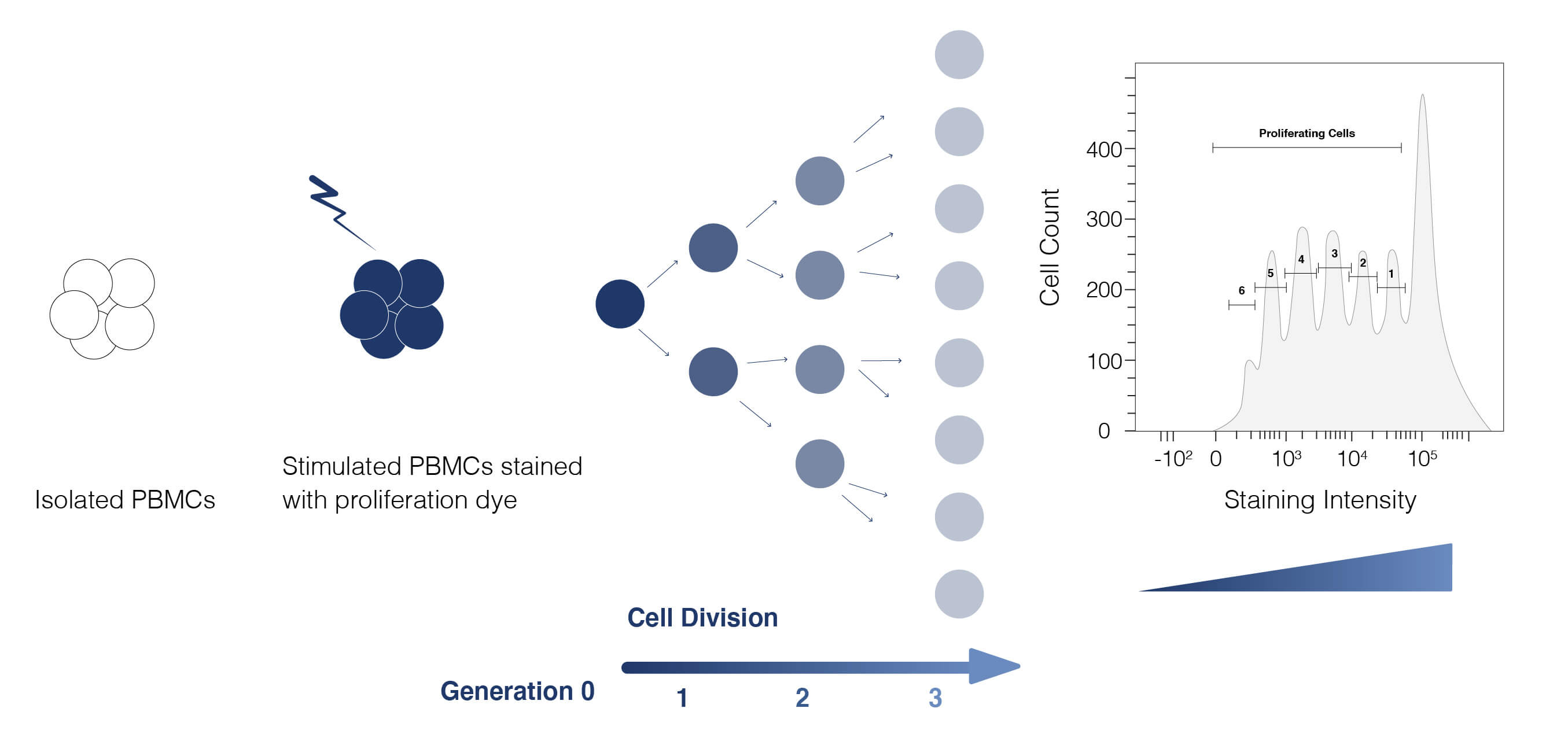The Buzz on Dye Dilution
Wiki Article
Excitement About Dye Dilution
Table of ContentsDye Dilution Things To Know Before You Get ThisFascination About Dye DilutionRumored Buzz on Dye DilutionA Biased View of Dye DilutionDye Dilution - The FactsNot known Facts About Dye DilutionNot known Details About Dye Dilution Little Known Questions About Dye Dilution.Not known Facts About Dye Dilution
Serial dilutions are made by making the same dilution action over and over, utilizing the previous dilution as the input to the following dilution in each action. Because the dilution-fold is the very same in each step, the dilutions are a geometric series (consistent proportion between any type of surrounding dilutions). For instance: Notification that each dilution is three-fold about the previous one. 
Some Known Details About Dye Dilution
This stays clear of bunching a lot of the punctuate at one end as well as having simply the last factor way far down the range. Prior to making serial dilutions, you require to make rough quotes of the focus in your unknowns, and your unpredictability in those price quotes. For instance, if A280 says you have 7.7 as well as 7 mg/ml. That suggests you require to cover a ten-fold series of dilutions, or perhaps a bit a lot more to make sure. If the half-max of your assay occurs at about 0. 5 mg/ml, then your minimum dilution layer is (700 mg/ml)/(0. 5 mg/ml) = 1,400. Your optimum is (7000 mg/ml)/(0.
Dye Dilution Things To Know Before You Buy
To be secure, you might want to cover 1,000 via 20,000. In basic, before designing a dilution collection, you need to make a decision: What are the most affordable and highest possible concentrations (or dilutions) you require to evaluate in order to be particular of finding the half-max? These identify the series of the dilution series.It is a lot less complicated to select 2-fold dilutions and provides concerning the same outcome.) You require to make a 1/1,000 dilution to begin with. You need to serially water down that 2-fold per action in five steps. You can make 1/1,000 by including 1 microliter of example to 0.
Dye Dilution - An Overview
Since you can not measure 1 microliter (or even 10 microliters) precisely with common pipeters. Make 3 serial 1/10 dilutions (0. 0 ml of the starting 1/1,000 dilution to 1.Eliminate 1. 0 ml from that dilution (leaving 1. 0 ml for your tests), as well as add it to 1. 0 ml of diluent in the next tube (giving 1/4,000). And so forth for 3 more serial dilution steps (providing 1/8,000, 1/16,000, as well as 1/32,000). You finish up with 1 (Dye Dilution). 0 ml of each dilution.
The 30-Second Trick For Dye Dilution
Water is the most bountiful element in the body making up about 60% of body mass in the reference guy. Since it is primarily discovered in the fat-free body in click to investigate a relatively consistent amount, analysis of body water has been of passion as a technique of body composition analysis for nearly 100 years.Water's characteristic as a single molecular types provides itself to the usage of the dilution principle, which in its simplest kind, mentions that the volume of the component amounts to the amount of isotope added to the part separated by the focus of the isotope because part. In 1915, the dilution concept was initially used in the study of body composition when using a red color to measure the plasma quantity was theorized.
Not known Incorrect Statements About Dye Dilution
Using a mathematical strategy, a sensible quote was made to determine the quantity of plasma in which the color was initial watered down. Following this investigation as well as utilizing the very same concept, tracer product was injected intravenously as well as enabled to get to a consistent circulation, and from the dilution accomplished at balance, the components of the body were gauged.Tritiated water was first explained by Rate et al. as an isotope for determining TBW - Dye Dilution. The primary benefit of using tritium (3H), the radioactive isotope of hydrogen, is that it is easily offered and quickly assayed by scintillation counting. On the other hand, a large amount of tritiated water need to be carried out to obtain sufficient precision, eliminating its use in instances where using radionuclides is restricted.
The smart Trick of Dye Dilution That Nobody is Discussing
Greater technical mistakes have actually been discovered using the infrared method. When using isotope dilution, particularly deuterated water, 2 body fluid samples from urine, blood, or saliva are gathered: one right before management of the deuterium dose to determine the natural history degrees as well as the second after permitting enough time for penetration of the isotope.There are 4 fundamental assumptions that are integral in any isotope dilution method. Tracer exchanges with nonaqueous molecules are very little, and also consequently, the quantity of circulation or dilution space of the isotope can be determined, albeit slightly higher than the water swimming pool.
The 6-Second Trick For Dye Dilution


Still, it is necessary to think about voids after tracer administration. 3 gaps are advised after the dose when urine is used as the biological sample. The tracer is not metabolized during the equilibration time. Body water remains in a continuous state of flux. In temperate climates, the typical fractional turnover rate in adults is 8% to 10% daily.
What Does Dye Dilution Do?
The inputs are stabilized by an outcome of water in the form of pee, sweat, breath water, or transdermal web evaporation. This continuous turnover has resulted in 2 approaches when examining TBW: the plateau method and the back-extrapolation, or slope-intercept, technique. For body structure study, the plateau approach is the typical strategy.Report this wiki page